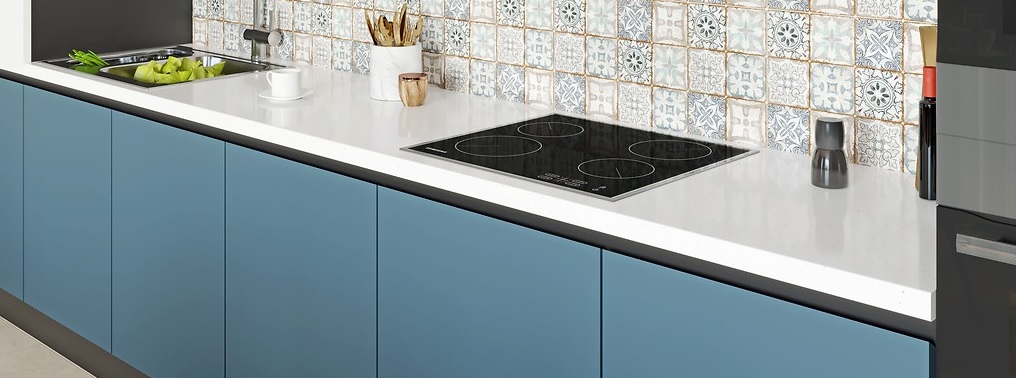How to Fix a Kitchen Aid Cooktop?
A KitchenAid cooktop is a popular kitchen appliance that has found a way in the hearts and homes of many Americans. Think about it, how do you even make your favorite pancakes early in the morning without it? Or grill some cheese after returning home late? Despite the numerous features of a KitchenAid Cooktop, there is a number of issues that could arise from a faulty cooktop. According to the National Fire Protection Association (NFPA), the US fire departments responded to an estimated average of 172,900 home fires per year started by cooking activities between 2014-2018. These fires caused an average of 550 deaths, 4,820 fire injuries, and more than $1 billion in property loss. Cooktops were involved in 61% of reported home cooking fires and 31% of those fires were as a result of faulty and unattended cooktops.
Therefore, it is crucial to understand the various situations that could lead up to a faulty cooktop in order to take vital actions to repair it. A faulty cooktop can cause various injuries ranging from electric shocks to fire accidents.
KitchenAid cooktops come along with an owner’s manual upon purchase. This manual contains various safety measures. in other to prevent avoidable accidents and it is advised that where an owner does not possess the technical know-how to repair the appliance, that such should be left to a technical expert. However, upon an incident of a gas leakage, the owner is advised to call a gas company before calling a repairer for the appliance.
Bellow are the common example of cooktop issues and common solutions.
Gas Burner Won’t Light Up
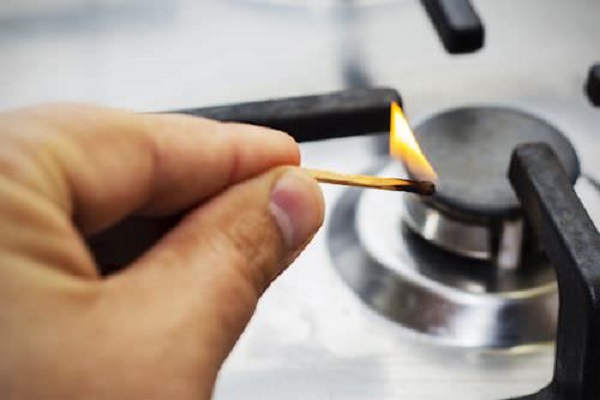
If after you light your burner but the flames just won’t come up, it could mean that a few things may be wrong. Firstly, when you want to light up the burner, you should a clicking noise and be able to smell gas as it escapes from the valve. If you however do not smell anything despite the click, then the problem is likely coming from the gas flow. If, however you smell gas but don’t hear the clicking, you might want to have a look at your ignition switch.
The next step is to turn your appliance off, unplug it if you can and then proceed to remove the grate and burner cap. Then proceed to clean out any food debris and reconnect any wire that might have come loose. If this does not solve it, then a new igniter may be needed.
Bad Gas Supply
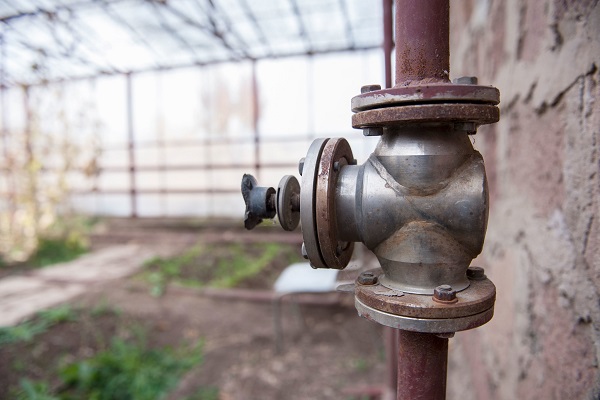
An issue can arise when the gas flames are uneven or weak and even at its highest settings, the flames still does not get any stronger. This may be due to various reasons.
Firstly, the gas supply may have been turned off and as such ensure that it is turned on. Also, the burner cap should be checked to see if it is seated properly in position. The burner cap does not only protect the burner head, it also serves a vital purpose to spread the gas so it will come the holes in the burner head and ignite. A misplaced burner head may result in a low flame, since the gas won’t be able to escape due to the obstructions.
Clogged Burner Head
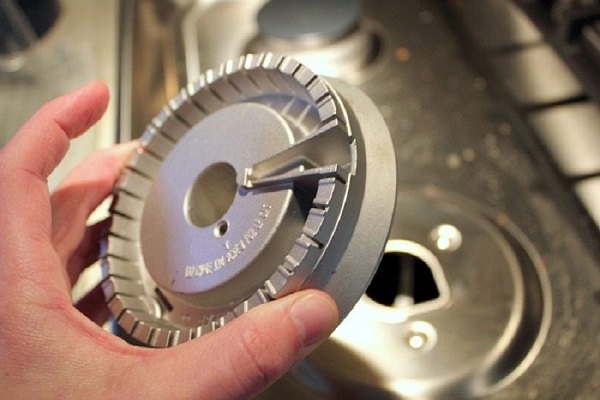
Another factor for a faulty cooktop, may be due to a clogged burner head. One of the most common sources for weak or uneven flames on a gas cooktop, is because the burner head has become dirty. This usually happens overtime due to food residue getting stuck in the burner head, which may prevent the spark from forming, which means the burner has to be cleaned and then properly reassembled.
When multiple holes on the burner heard become blocked or partially blocked, the gas cooktop will become slower to light thereby leading to weaker flames. It is advised to use something solid which would not likely break off inside the slot, such as scrubbing with a brush, to clean the burner slots. Before removing the burner head, it is advised to put off the gas and then unplug it.
Gas Valve Issues

If, the flame is flickering or you cannot change the strength of your flames, then the gas valve or the burner knob may be faulty. If this is the case, then the gas valve needs to be replaced.
Faulty Igniter
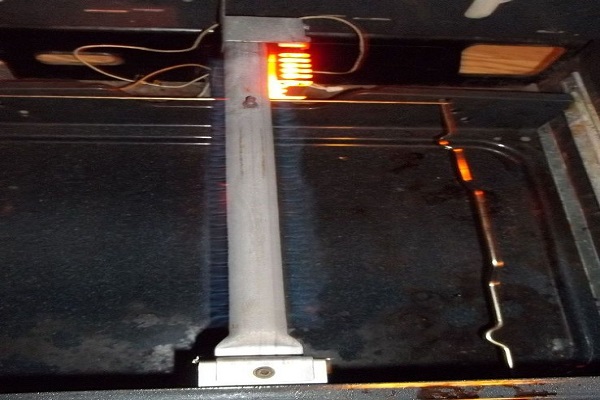
Igniters fail due to dirty igniter electrode, burner orifice or porthole caused by a spill or general uncleanliness and the most concrete sign of a faulty igniter is failure to produce heat. A good indicator of a faulty igniter is to look out for excessive clicking. Just like gas burners, the igniter may click when it is trying to ignite the gas. If it however keeps clicking, then this means that the igniter is not lighting the gas but it is still trying to. What the constant clicking means is that the igniter has gone faulty and should be replaced.
Also, igniter won’t work if the appliance has no power supply, therefore, it is advised that the user should check to verify if the appliance is well plugged in.
Our appliances are safe for usage and the very best for you. Try us today! Contact us
Electric Heating Element Won’t Heat
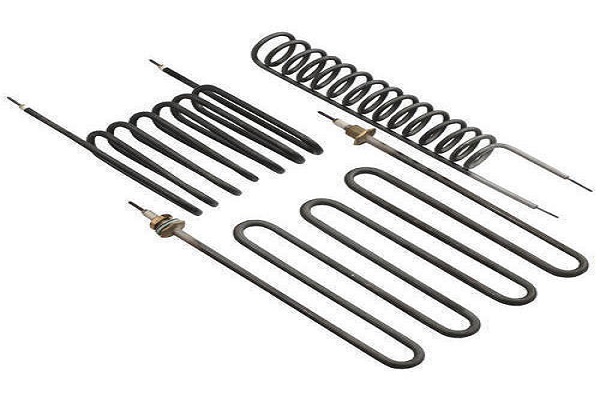
If your cooktop is plugged in but produces no heat, then you could be experiencing a host of issues. First of all, it could be that the heating element is loose. The coils will need to be removed and cleaned. Be sure to check that the coils are properly installed and there are no smaller debris or food residue.
Broken Control Board
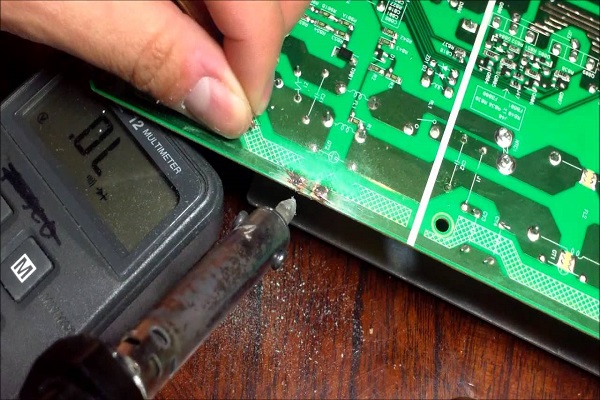
A telling sign of a broken main control board is that the heating element won’t heat up. This could be as a result of the control board being damaged or burnt. In such instances, the control board may need to be replaced and it is advised to call a technician to assist in removing the faulty control board as it difficult to remove without technical assistance.
Faulty Heating Coil
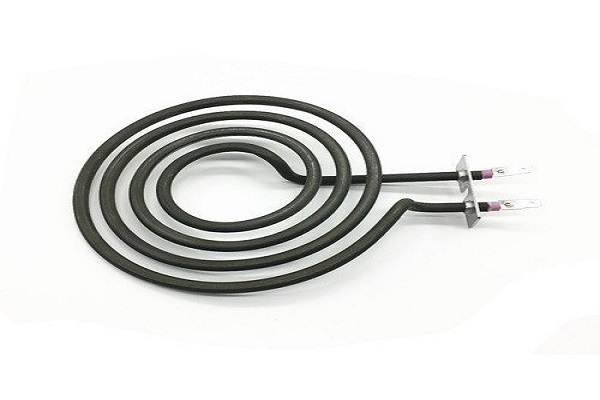
The coils could get damaged overtime due to being worn out especially when frequently used. Common signs of damage include blisters, bubbles or cracks on the coils. It is advised to that the coils be changed for new ones. It is also advised that the coils be swapped between two burners to see if that fixes the issue.
Damaged Wiring
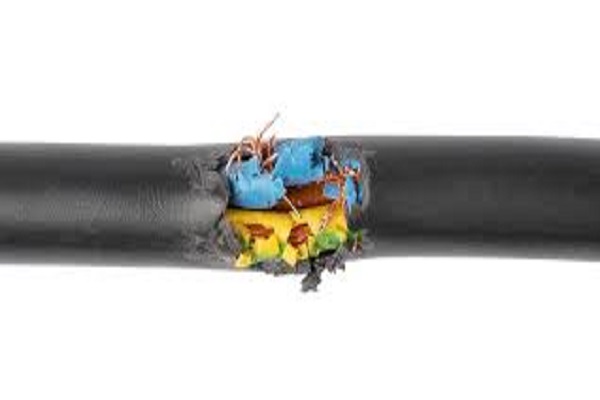
You can easily identify a blown fuse by a metal link under the glass of the fuse that will break or blacken in a blown fuse. Sometimes a blown fuse may not be visibly damaged. In this case, it would be a good idea to check it with a multimeter. Set it to a continuity test, then press a test lead on the base of the fuse and second lead against the metal tip. A good fuse should show continuity.
No Power Supply
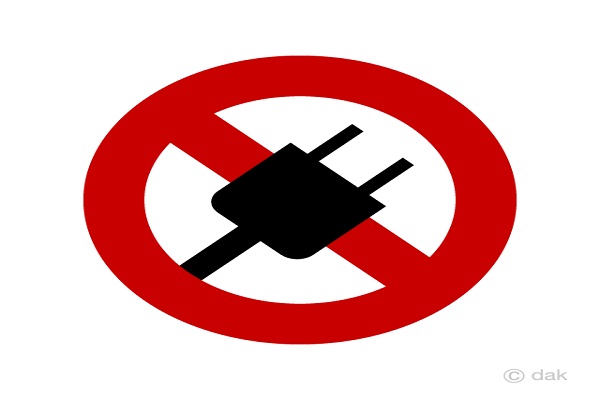
In a case of no power supply to the element, it is advised to check if the appliance is properly plugged in. Also, the circuit breaker should be checked to know if they are functioning properly.

